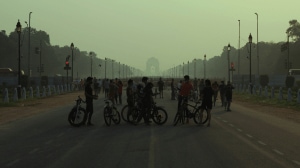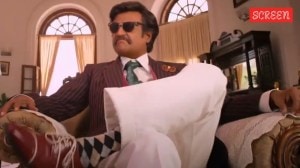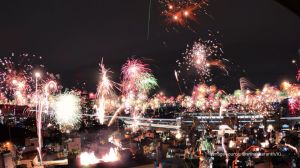Saudi spends billions on Hajis
MECCA, April 9: Saudi Arabia spent billions for this year's Haj, the annual pilgrimage of Muslims that culminated in thousands circling the ...

MECCA, April 9: Saudi Arabia spent billions for this year’s Haj, the annual pilgrimage of Muslims that culminated in thousands circling the Kaaba at the grand mosque in Mecca. It wasn’t always that way.
Before the discovery of oil in the kingdom in the early 1920s, Saudi Arabia was dependent on money made from the pilgrims. This was especially true of the city of Mecca, where the Haj reached its climax on Tuesday with pilgrims walking seven times around the holy Kaaba.
Yesterday and today, there was to be the ritual stoning of pillars to symbolise triumph over the devil and the sacrificing of animals before the 2.3 million Muslims begin journeys home to some 100 countries.
Every able-bodied Muslim who can afford it is expected to perform the Haj at least once in a lifetime. In the days before oil, the pilgrimage was central to Saudi Arabia’s economy. “It was their economic nucleus, especially for Mecca,” said Osama Al-Bar, head of the Haj research center.
At the time of the Haj, the Saudis soldtheir goods especially cattle and dates to pilgrims who came from Egypt, Pakistan, Turkey, Ethiopia and India, sometimes by camel caravan.
The pilgrims, in turn, brought goods and spices to barter and introduced many new ideas and languages to the kingdom.
Even the black cloth covering the Kaaba, the cubic stone structure inside the grand mosque and Islam’s holiest site, was brought from Egypt until the 1950s.
This year’s gold-embroidered black cover, or Kiswa, was made by 200 workers in Saudi Arabia at a cost of some 17 million Saudi Riyals ( 4.5 million Dollars).
Years ago, pilgrims from Asia and Africa would invest up to two years in getting there, trekking through mountains, plains and deserts. They might remain in Saudi Arabia for several years before embarking on the arduous journey back home.






- 01
- 02
- 03
- 04
- 05

























